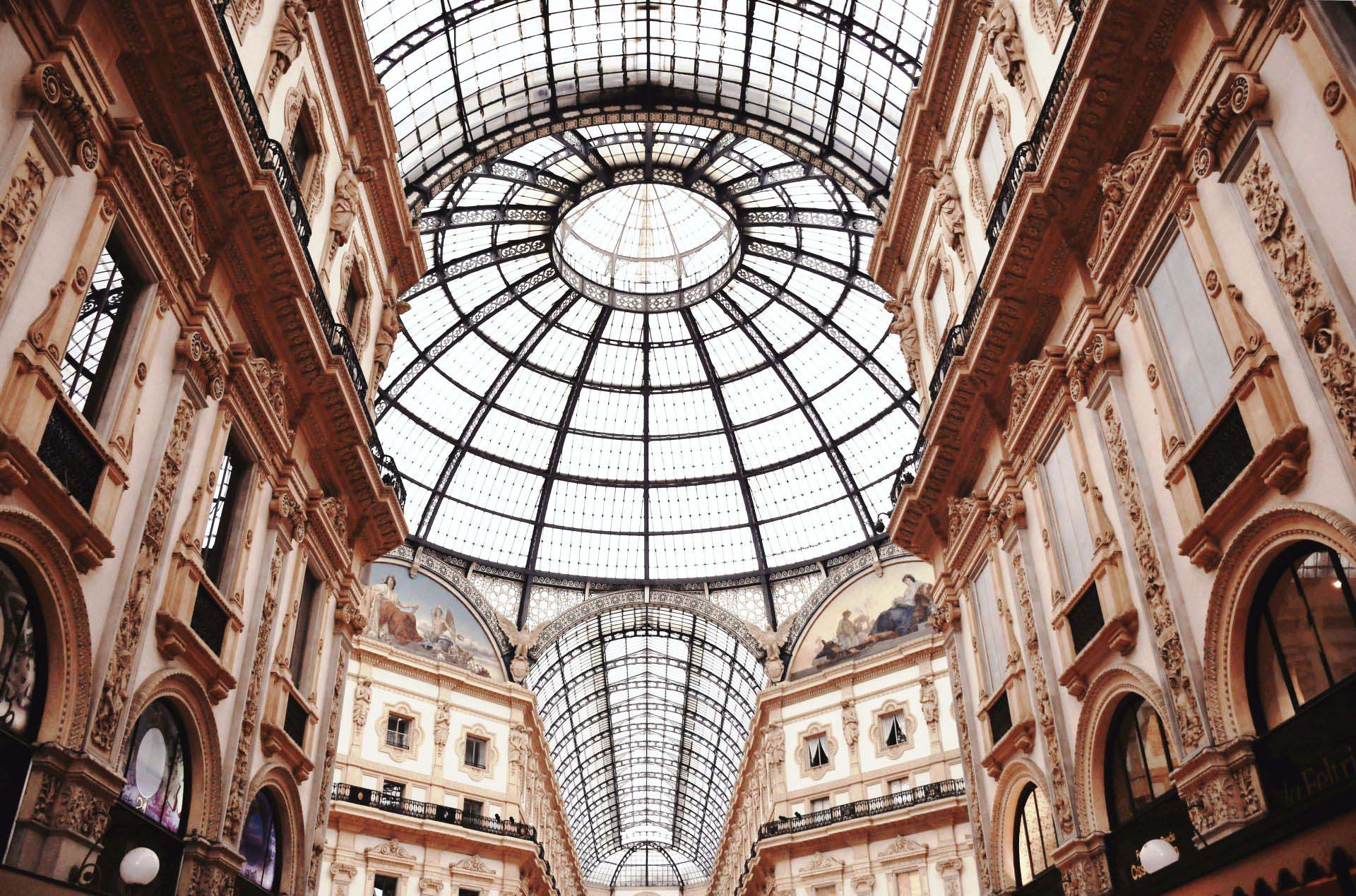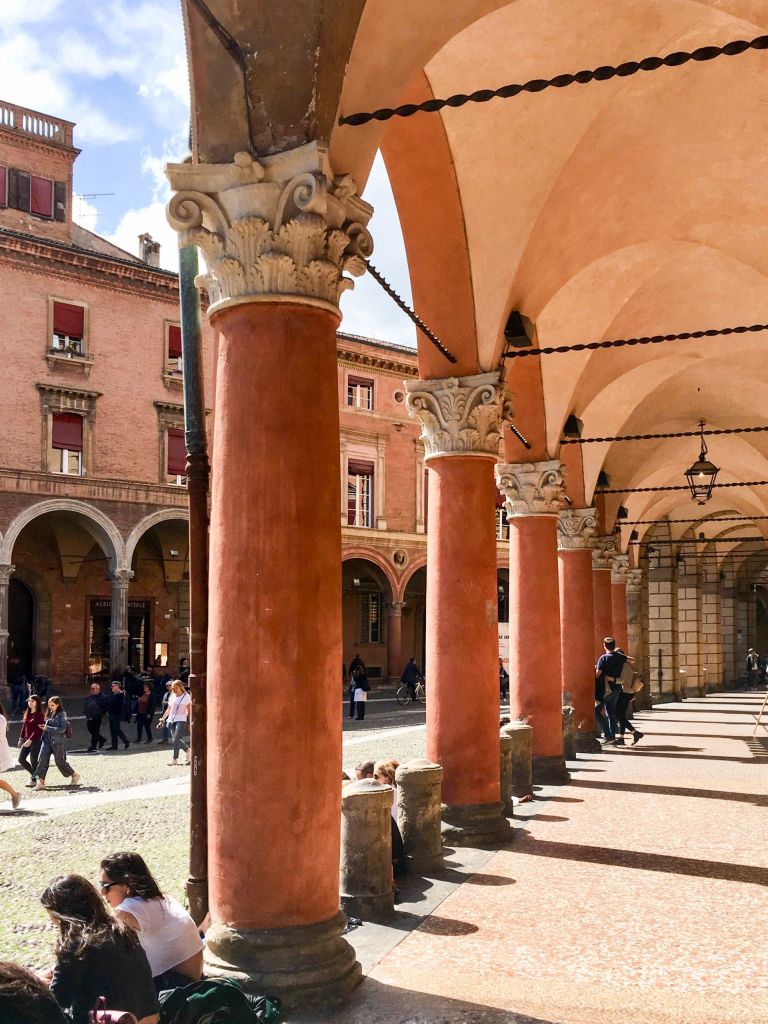È una città cosmopolita e moderna e anche ricca di testimonianze storiche e luoghi d’arte.
Milano oggi è riferimento internazionale per il mondo della moda, dell’architettura e del design.
Il prestigio di Milano a livello culturale e artistico é fondamentalmente legato al Teatro la Scala (tempio della musica lirica mondiale), al Piccolo Teatro (legato alla scuola teatrale di Strehler) e allo splendido Cenacolo di Leonardo da Vinci realizzato nel 1495 circa, che attraggono molti turisti.
E’ importante non dimenticare la Milano dei musei d’arte, delle vie caratteristiche di Brera e delle gallerie artistiche private con il loro incessante movimento fatto di vernici e avvenimenti continui.
Per quanto riguarda la pittura antica, é di riferimento la Pinacoteca di Brera che raccoglie una collezione ricca di opere mirabili come il “Cristo morto” di Mantegna e un numero discreto di opere moderne dove spiccano le tele di Boccioni, de Pisis e Sironi.
Other points of artistic interest are the Museo del Novecento and the Pinacoteca Ambrosiana.
Invece, nel centro storico e nei dintorni della città, sono presenti molti monumenti antichi di grande pregio a partire dal Castello Sforzesco fatto edificare da Galeazzo II Visconti lungo le mura medioevali della città, tra il 1360 e il 1370.
Simbolo di Milano, da sempre, é il Duomo con la sua insostituibile piazza e il suo stile Gotico lombardo fatto di pinnacoli e guglie, frutto del lavoro creativo delle maestranze avviate alla costruzione del monumento nel 1396.
Sicuramente un altro simbolo della Milano artistica, é la Basilica di Sant’Ambrogio, una delle chiese più antiche della città, iniziata nel 379 che accoglie le spoglie del santo che è anche patrono della città.
Inoltre, da vedere è la suggestiva Chiesa di Santa Maria delle Grazie che custodisce un’opera sublime come il celebre Cenacolo di Leonardo Da Vinci. La chiesa è un connubio gotico-rinascimentale creato da artisti come Solari e Bramante che hanno abbellito e modificato l’edificio in diversi momenti.
Infine, nei dintorni, é presente l’Abbazia di Chiaravalle, uno dei monasteri cistercensi più importanti in Italia, fondato nel 1135 da San Bernardo abate di Clairvaux, che unisce lo stile francese alla tradizione romanica.


